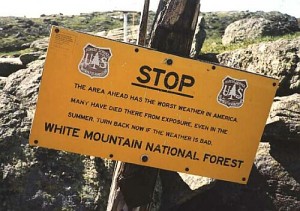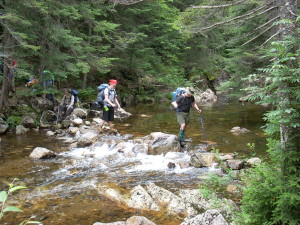Priest and Gass, “Effective Leadership in Adventure Programming“, 1997, p. 98, make reference to the use of “risk management countermeasures” in support of a risk management plan. These “countermeasures” can be employed to either avoid, or minimize, the effect or possibility of a bad outcome.
Priest and Gass categorize these countermeasures as follows:
- Proactive or primary procedures

These procedures are practices carried out before the planned activity, including training, equipment inspection, briefings, orientations, determining “best practices and procedures”, review of possible dangers and risks, completion of requisite paperwork, reconnaissance trips, etc.
- Active or secondary procedures
 These procedures are those acts undertaken during the planned activity, and include active risk mitigation (following activity procedures and industry “best practices”), as well as acts taken during the activity in response to an undesirable incident (first aid for injury, lost hiker response, response to boat swamping, hazardous weather response, etc.)
These procedures are those acts undertaken during the planned activity, and include active risk mitigation (following activity procedures and industry “best practices”), as well as acts taken during the activity in response to an undesirable incident (first aid for injury, lost hiker response, response to boat swamping, hazardous weather response, etc.)
BSA’s policies and procedures, such as BSA S.A.F.E., Safe Swim Defense, Safety Afloat, Trek Safely, Weather Hazards, Climb On Safely, and Youth Protection can play an important role here!
- Reactive or tertiary procedures

These acts are undertaken at the conclusion of the planned activity, including any post-incident response, discussion of near misses, coordination of post-incident medical care, and review of proactive and active procedure effectiveness in relation to future conduct of the activity, which may be particularly important after having completed a planned activity for the first time!
The successful conduct of a planned activity requires all three types of procedures – use them!
